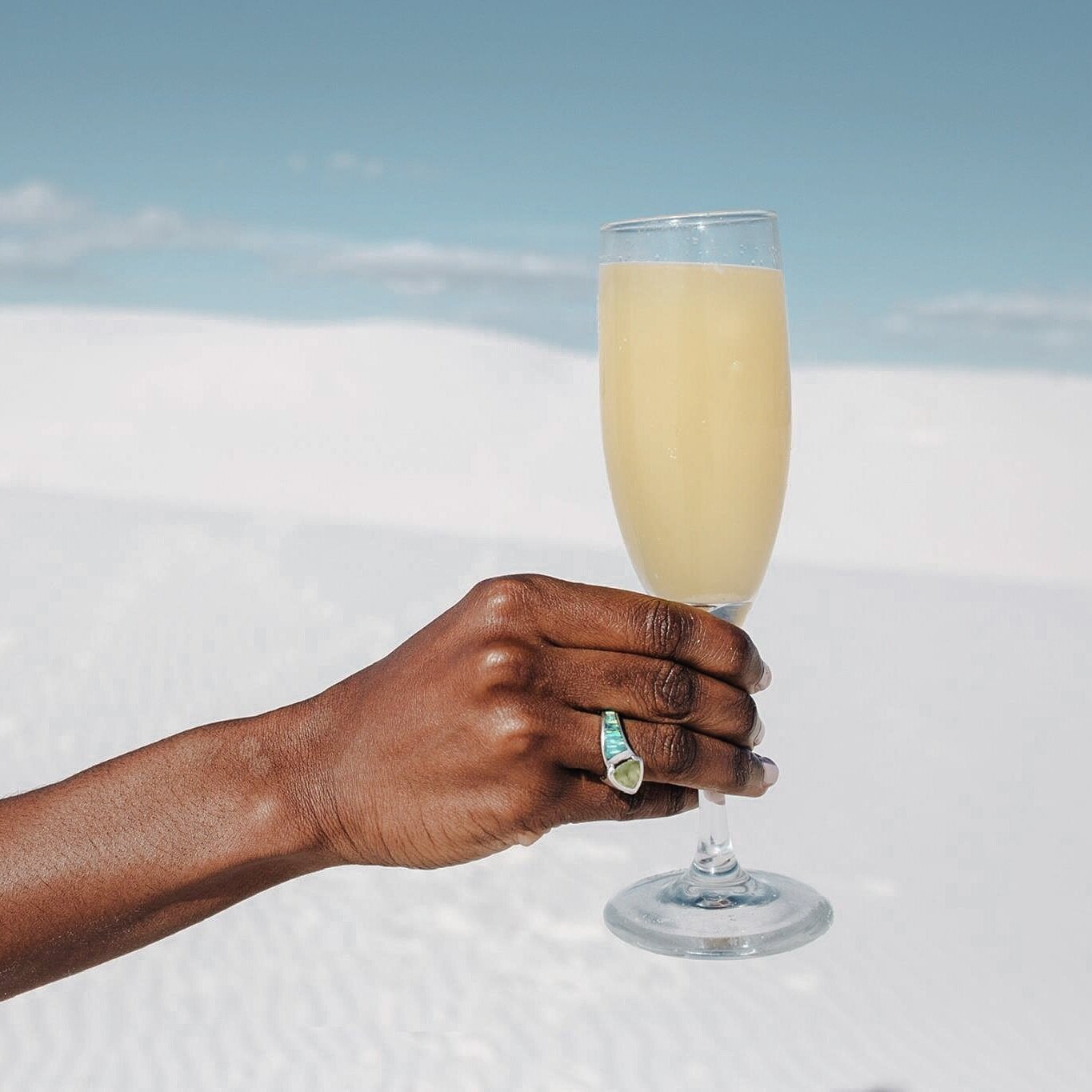My Two Cents On The Future Of Victoria's Secret
/Victoria’s Secret is going through a firestorm of one challenge after another. Sales have been on a steady decline since 2016, the stock price of their parent company (L Brands) has plummeted from $92/share in 2015 to $22 as of this week, and now they are under investigation for alleged sexual harassment. Not to mention, the owner Leslie Wexner was reportedly linked to Jeffrey Epstein and their Chief Brand Officer, Ed Razek, resigned in 2019 after making a flurry of misogynistic comments.
Earlier this week, the New York Times released an article entitled, “Angels in Hell: The Culture of Misogyny inside Victoria’s Secret”. The article took a deep dive into the behind the scenes of a world cloaked in gilded glamour. It appears that the financial fall from grace of a once highly regarded brand is a reflection of a rotting inner culture unwilling to evolve.
The public is now dismissing Victoria’s Secret as stale and culturally tone deaf. New lingerie brands such as Third Love, Aerie and Savage X Fenty, are on the scene showcasing all shapes, sizes and colors in their marketing campaigns. The public wants to see themselves reflected in the brand’s they support with their dollar bills and Victoria’s Secret ain’t doing it for them. Combine this with the alleged sexual harassment and Razek’s comments, Victoria’s Secret needs to shift fast or it may become a brand of the past.
The History Of Victoria’s Secret
This is not the first time Victoria’s Secret has had to do a major brand overhaul and culture shift. In 1982, they had six stores around the Bay Area grossing four million dollars in sales and on the brink of bankruptcy. The founder, Roy Raymond, owned all six stores at the time. He had designed the stores based on men’s tastes. He assumed that husbands would buy lingerie for their wives, therefore the stores resembled a Victorian cigar lounge. Dark wood, velvet couches, dark interiors. Leslie Wexner, a rising retail tycoon, checked out the small VS chain and saw potential. However, he knew that the brand needed a major overhaul in order to survive.
He purchased the six stores and Victoria Secret’s catalogue for $1 million in 1982. Inspired by European lingerie designers, he immediately shifted the focus from male shoppers to women. Since then, Victoria’s Secret has skyrocketed to international fame and acclaim. At its peak, the brand generated over $7 billion in net sales. Celebrity models, adoring customers, doting investors, and money for days, Victoria’s Secret was the darling success of Wexner’s L Brands- the public parent company.
But, the tide has shifted. Over the past decade, VS has had two women CEOs. Both of whom resigned. VS was slow to the bralette and sports bra trend allowing other companies to now dominate those areas. The cultural tone demands diversity and inclusion which VS has historically not demonstrated, and their plummeting sales reflect that they are out of touch with their target audience. So, what should they do? Here’s my two cents.
My Two Cents On The Future of Victoria’s Secret
Victoria’s Secret needs to shift their internal culture and update the brand. Most business experts are only addressing the latter, but without fundamentally changing the company’s stale- and toxic- culture, the brand shift will feel flat and fall on empty wallets.
Internal cultural changes
The first step is to diversify the board with different ethnicities and business experience. One of the lessons I learned from a Mellody Hobson interview is the importance of having varying levels of academic experience on a board. The current Victoria’s Secret board is missing critical trends because they do not have diversity when it comes to race and background.
The first step to take is to diversify the board with race and non-traditional experience. I would look to add someone from a company that has 100 or less locations and has perfected the art of building community. This individual would ideally come from the beauty or wellness industry because they would have an intimate understanding of the evolving women’s market.
The second step would be to implement diversity & inclusion and anti-sexual harassment training immediately. Especially for the executive levels.
The third step would be to cut the PINK collection and drastically reduce the number of stores. They need to focus on their core market - women over 18- and eliminate the PINK collection which targets teenagers. Intense focus will be needed to get back on a positive financial track and the teenage market is a distraction to their core competency. Then, they need to drastically reduce the number of stores. They currently have 1,600. Without having access to the all of their financial detail, it is hard to say how many stores need to be cut. But, I would only have stores in major cities and one suburban adjacent city. For example, San Francisco and Walnut Creek is a major city with a suburban adjacent location. At least half of the stores need to be removed, probably closer to 75%.
Updating the brand
VS needs to start thinking like a small business. They have to go back to their six-store roots and re-instill the fundamentals. This begins with creating a community vibe at every store similar to Lululemon’s approach.
I would conduct a focus group with their loyal shoppers, both online and in-store shoppers. This focus group would be a memorable experience to thank the shoppers and an opportunity to ask them what they love (and don’t love) about the brand.
I would continue to partner with quality lingerie designers who have smaller businesses. They are currently do a partnership with Love and Lemons where they created a limited collection.
Although many experts are calling for VS to showcase more diversity in body shapes and sizes in the marketing campaigns, I would advise them not to do this. Simply because blindly following the trend will come across as inauthentic.
There is room for lingerie lines that cater to the supermodel of the 1990s body type, because some people do have that body type or aspire to have it. However, in order to do this they will need to shift the brand’s focus from “affordable” to “luxury with intention.” Their target market will be women who are striving to be their best selves, live in luxury and do so in a self-loving and sustainable way- such as readers of Goop and Money & Mimosas. These women are savvy shoppers and will invest in a brand that connects with them in a meaningful way. The stores should invest in hosting events in-store and sponsoring other gatherings focused on sex-positivity, women owning their sexuality and their pleasure, and unapologetically flaunting the toned bodies that they worked hard for in the gym.
These community events will revive brand loyalty and attract the modern shopper who wishes to look good and feel good in her body.
About Money & Mimosas: Money & Mimosas was started as a passion project by Danetha. A former NFL cheerleader turned entrepreneur, she started blogging as a way to combine all of her passions into a career. Money & Mimosas is now enjoyed by tens of thousands of readers in over forty countries with the same dream of achieving financial freedom without living frugally.





